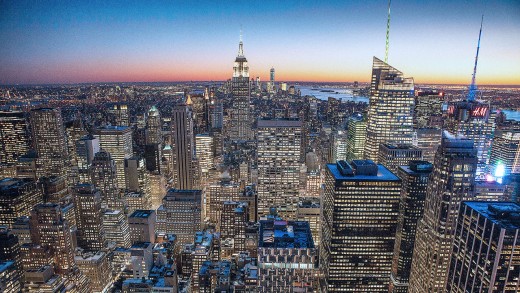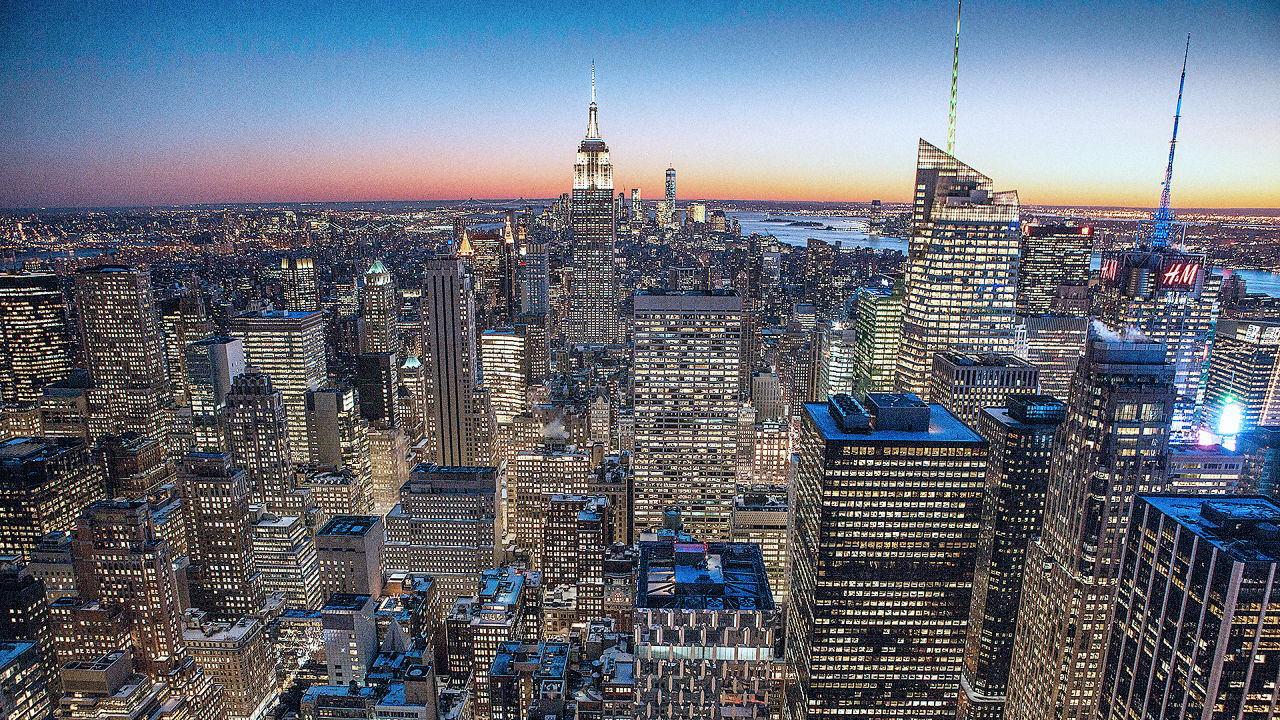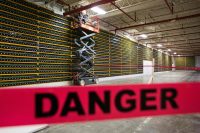Our Cities will probably be stunning in the Driverless Future–however First we have now To Get There
How do we push past public worry and political pink tape to get to the pretty world that awaits when nobody drives anymore?
July 29, 2015
think about a city where cars roam free, shedding off their comfortable occupants and then sliding again right into a sea of slow-moving however non-stop traffic. Cyclists weave via, unmolested, and pedestrian crossings flip to the golf green walk sign ceaselessly, nearly magically syncing up with gaps in site visitors.
The promise is seductive. You’ll by no means get hit through a drunk driver, a texting teen, or just someone distracted through their unhealthy day. You’ll by no means need to circle the block looking for a parking zone. Sidewalks will double in size as a result of on-side road parking is now not wanted outside of residential areas.
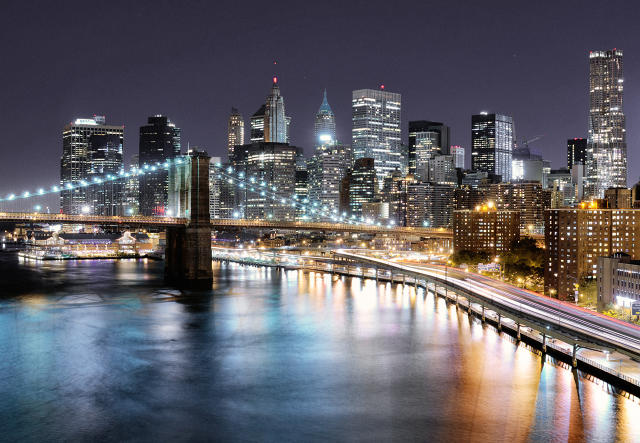
A driverless future seems increasingly probably. It’s no longer just the success of Google’s self-driving vehicles, or the promise of enormous environmental advantages. these days, our cars all however power themselves already. Cruise keep an eye on and anti-lock brakes had been joined via lane-detection, and some automobiles will put a computerized foot brakes if the automobile in front all at once slows.
“take a look at adaptive cruise regulate, lane departure warnings,” says Christian A. Strømmen, an interplay dressmaker from Norway. “while you get used to it, it feels so awkward using without.”
that is, every aspect of the cars we force “ourselves” is already automatic: steering, speed, braking. Famously, Google’s self-driving automobiles have clocked up 1.7 million miles over six years, all without major incident.
“in more than one million miles of real-world checking out, autonomous autos were interested in round a dozen crashes (with no major accidents),” says John Nielsen, AAA’s Managing Director of automobile Engineering and restore, “all of which passed off when a human driver used to be in regulate, or the vehicle was struck with the aid of every other car.”
Self-riding automobiles are already way higher than people-piloted vehicles, so what’s the difficulty?
“current regulations never envisioned a car that can pressure itself, and there are a large number of legal responsibility issues that want to be ironed out,” Nielsen says. “If an self reliant automobile will get in a collision, who is responsible? The “driver,” their insurance coverage company, the automaker that constructed the car, or the 1/3-birthday celebration supplier that supplied the autonomous regulate methods?”
How will the laws adapt? and the way will we adapt? people are hesitant to embrace alternate, but the change that driverless cars will convey to our cities and existence is big. what will it take to get there?
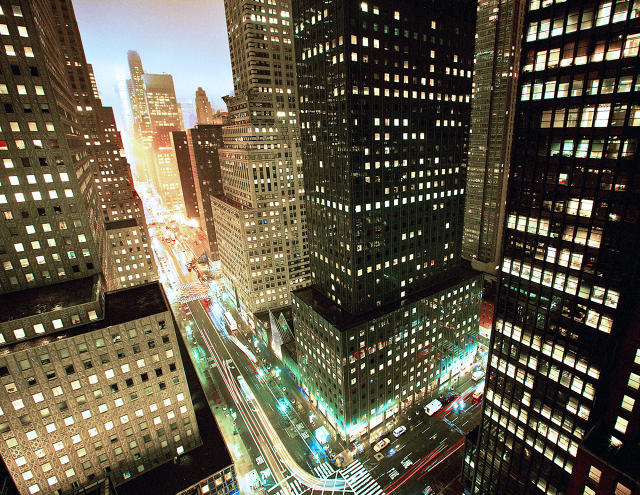
you are a dangerous Driver
Human-pushed automobiles are probably the most unhealthy things in the world these days, however despite that fact we’re still—irrationally—terrified of careening during the streets with a pc at the wheel.
this is false perception. Self-driving cars are overwhelmingly higher drivers that humans. A robocar “doesn’t get distracted or drained, misjudge traffic stipulations, speak or text on a mobile phone, or undergo highway rage,” says Nielsen.
And all those potential distractions are more bad than you almost certainly think: In 2013 alone, there were nearly 6 million vehicle crashes within the U.S. that resulted in 32,719 deaths, more than 2 million accidents and 200,000 hospitalizations. All those deaths make vehicle collisions the best lead to of death for americans below 34.
These are deaths lets cease. in line with the AAA, government and safety consultants say an estimated eighty% of crashes could be refrained from with the aid of self-using vehicles. And this is on current roads, that are shared with regular cars. An all-self-pushed city would fare even better. but folks remain hesitant:
“The one dying due to a malfunction will weigh heavier in people’s minds than the a hundred,000 deaths automation stops,” says Strømmen, neatly summing up the problems of public perception, the other barrier to fully driverless cities. however when 1,500 drivers in Boston have been asked if they might purchase a totally independent automobile at some point, most effective forty four% said yes.
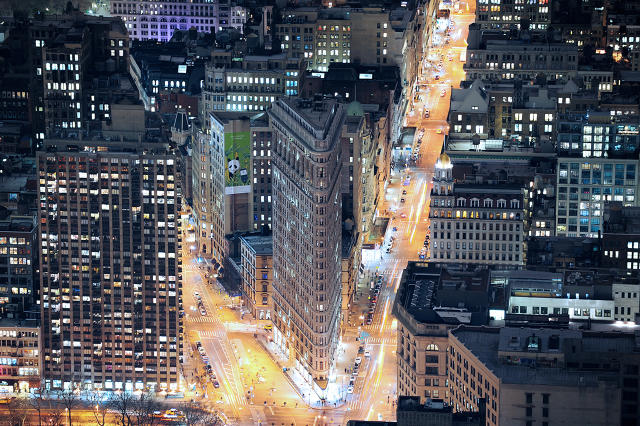
the future metropolis Is truly nice
Self-using vehicles have advantages past safety. If all we did was once swap out human drivers for computers, we’d miss a few of the later steps. A take a look at a hypothetical future city the place all cars are self-driven is more than just freed from preventable automotive-related deaths.
the very first thing you’ll discover is the space. as of late, vehicles spend ninety five% of their time parked, doing nothing. If those cars have been staff, you’d hearth them. but self-driving automobiles can be put to work. at the very least, they might park themselves in underground or multi-story loads far from busy downtown, where area is scarce.
however why cease there? Your car could spend its day working as laborious as you, running as an Uber-style taxi, or a delivery vehicle. This all results in fewer parked automobiles, which in turn method more space for bike lanes and larger sidewalks. as a substitute of parked automobiles lining each downtown side road, we might see park benches or boulevard companies, making the whole house much more livable for humans.
Now take a deep breath. The air can be cleaner. One up to date learn about claims a ninety four p.c discount in emissions if all taxis have been self-using and electric. Multiply that by way of the entire cars on the highway and city air could be as contemporary as united states of america air, and probably higher-smelling.
The using Park
Banning drivers ignores one big side of car use: using for pleasure. Stephan Legrand, runs Exotics Racing, a race observe in Las Vegas where anyone can take a Ferrari, Aston Martin, or different supercar for a spin. His carrier turns out to be useful and fun as of late, however could also be crucial to automotive fans in a driverless future.
“One might own a 600 hp exotic automobile,” says Legrand “but in metropolis visitors, you can actually’t use that energy to its full potential.”
“For me, driving is my meditation,” says IT marketing consultant Samer Farha, “It’s just me, my song, and the road. I only have to take into consideration the street.” Legrand disagrees. “using in a metropolis can’t be enjoyable,” he says. “It’s most effective nerve racking, as drivers must avoid wary pedestrians, cyclists, animals, and other obstacles.”
I requested Legrand if he may consider building replica metropolis blocks for folks like Farha to tootle round, but he didn’t assume it will prove popular.
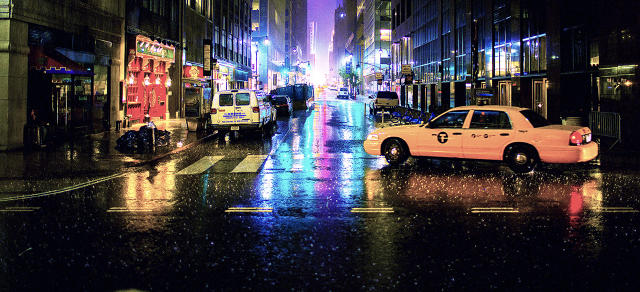
“it’s going to develop into a status factor”
Switching will come slowly, and now not simply because as of late’s manually-operated cars can be on the roads for another decade or two.
Strømmen once more: “My wager is that we’d persist with our own automobile, however probably use [a self-driving] automobile as an alternative of a car number two.” That 2nd automotive may well be lent to the kids as a substitute of letting your teenagers take out the household automobile, and in the end it is going to turn into the primary domestic car, in much the identical manner our telephones have replaced our cameras and iPods.
There may well be social power, too. In our hypothetical future, you’ll be conversant in zipping from position to place without a site visitors jams and few unhealthy drivers. then you definately see a human holdout, anyone insisting on using their very own car. It hurtles in the course of the placid waves of robotic-piloted transport, inflicting your own automobile to swerve. You search for from your newspaper, tutting and shaking your head. “return to 2015, you moron,” you think as loud as you can, earlier than returning to your sudoku.
Now think about you’re at dinner with friends, and anyone confesses that they’re driving themselves house. The response is also the same as a smoker or drink-driver would possibly get lately. Social pressure could also be the most important propellant of trade in the world these days.
Sydney, Australia-primarily based radio content material director Charlie Fox says “i feel if you happen to power your own car, you’ll be perceived [as] lower type. it will become a standing thing.”
We would possibly now not want our personal vehicles at all. With so many automobiles buzzing around and offering rides whereas their owners are at work, you want to disregard about proudly owning your own. We already dial up an Uber from a cellphone app, so the expertise wouldn’t trade, other than that you simply wouldn’t have to talk to a driver, and the drivers gained’t be paid a pittance to work.
In big European cities like Barcelona and Berlin, individuals already use the local equivalents of ZipCar and pay by means of the hour simplest once they desire a automotive. Some cities, like Leipzig, have built-in municipal-transport techniques which embody automotive sharing. Leipzig’s TeilAuto can be used by means of any person, however if you happen to use it along with the city’s trams, buses, and bike-share scheme, you get cascading discounts.
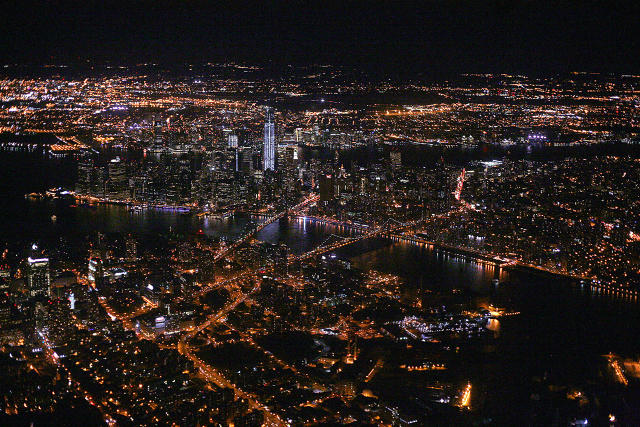
automobile Hacks
A final barrier is data safety. The AAA’s John Nielsen says that currently “One in 5 new cars bought be capable to collect and transmit information outside the vehicle, with a view to enhance safety and convenience for drivers.” suppose crowd-sourced site visitors updates like Waze, or safety techniques like LoJack.
“Future self sufficient vehicles will likely generate even more knowledge,” Nielsen told us. “questions on who owns this information—and has the best to regulate its distribution and use—should not smartly addressed in current rules.”
So we’re back to the legality of self-riding automobiles. If the issues faced by means of Tesla, whose makes an attempt to promote vehicles direct to customers were blocked by using dealer-pleasant rules in some states, are the rest to go by way of, the legislation—and the entrenched pursuits that make stronger the established order—will be the largest barrier to a safer, cleaner future.
[prime picture: Flickr user Anthony Quintano]
(118)

